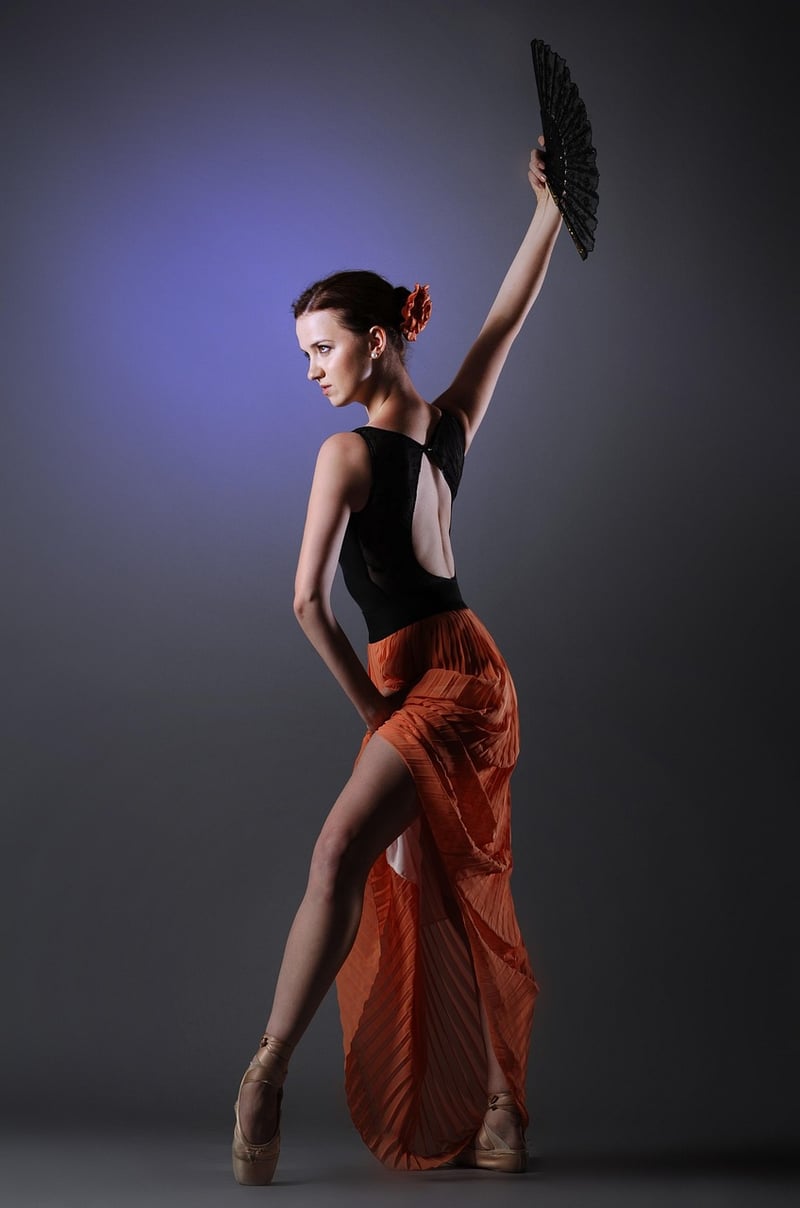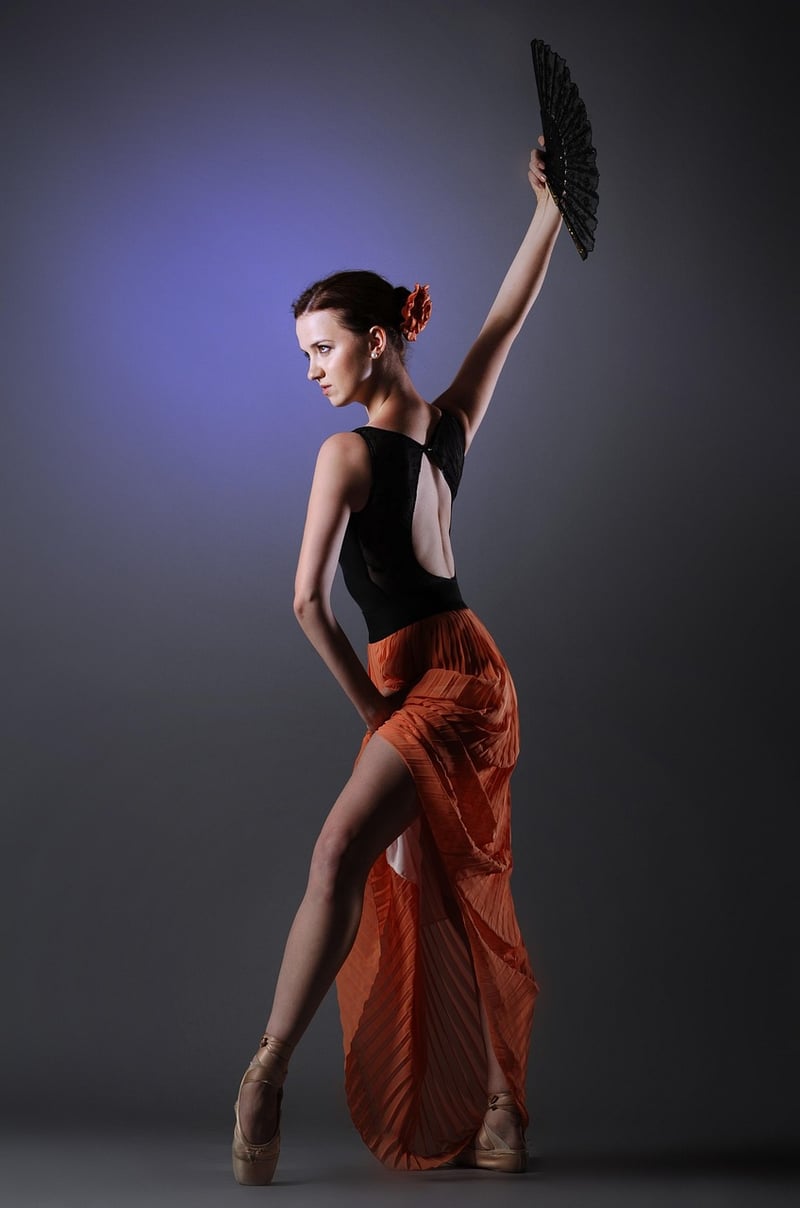Hip Hop
The Power of Expressive Movement in Hip Hop Dance

Hip Hop dance is more than just a genre of music; it's a culture, a lifestyle, and a form of self-expression. At the heart of Hip Hop dance lies the art of expressive movement, where dancers use their bodies to convey emotions, stories, and experiences.
History of Hip Hop Dance
Hip Hop dance originated in the 1970s in New York City, primarily within African American and Latino communities. It was a way for young people to express themselves and tell their stories through movement. Over the years, Hip Hop dance has evolved and diversified, encompassing various styles such as breaking, locking, popping, and more.
The Role of Expressive Movement
Expressive movement is at the core of Hip Hop dance, allowing dancers to communicate their feelings and experiences non-verbally. Through intricate footwork, fluid body isolations, and dynamic gestures, dancers can convey a wide range of emotions, from joy and celebration to pain and struggle.
Impact of Hip Hop Dance
Hip Hop dance has had a significant impact on popular culture, influencing music videos, movies, fashion, and even mainstream dance styles. Its emphasis on individuality, creativity, and authenticity has resonated with people around the world, inspiring them to embrace their uniqueness and express themselves freely.
Join the Movement
Whether you're a seasoned dancer or just starting out, Hip Hop dance offers a welcoming and inclusive space to explore your creativity and connect with others. So put on your dancing shoes, turn up the music, and let your body speak through the power of expressive movement.
Are you ready to unleash your inner dancer and dive into the world of Hip Hop? Check out local dance studios, workshops, and online classes to start your journey today!

Let the rhythm guide you, and let your movements tell your story. Hip Hop dance awaits!
